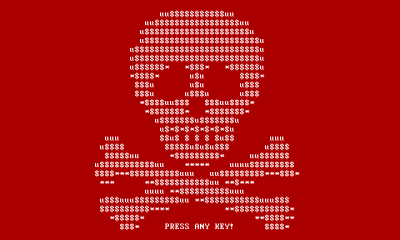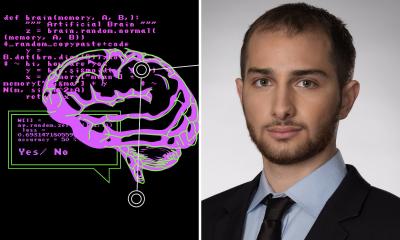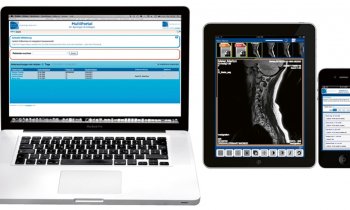TietoEnator combines the best of four HIS into one solution
Over the past years, TietoEnator has integrated ITB, Waldbrenner, and Cymed - three companies which had all realized functional and powerful Hospital Information System solutions and components for more than 200 customers. The strengths of the individual solutions are being brought together in one single common platform extend by several new features. A team of developers across TietoEnator has adopted a roadmap which guarantees consolidation step by step, by the end of 2009. This topic was in the focus of our discussion with Andreas Lange, General Manager Healthcare Central Europe, and Jan Ehlting, Director Product Development.

What will the common platform look like from a technological point of view?
Jan Ehlting: With the new hospital information system iMedOne as its point of departure, it will be based on a Service-Oriented Architecture (SOA). This technology adjusts itself to the individual processes of a hospital. It is being developed based on the modern DOT.NET environment, and serves as the basis of a new interactive user interface. This new technology constitutes an economical and future-oriented solution for hospitals; it is future-safe and ensures an enhanced position in a competitive market. SOA is a prime prerequisite for the support of linked heterogeneous services in healthcare.
All relevant applications can be accessed via the desktop. Users receive all information by carrying out one “click”. The utilization of these new technologies permits the integration of individual, hospital-specific extensions.
What are the goals you plan to achieve with the common platform?
Andreas Lange: We will combine the various characteristics and strengths of the systems to form one comprehensive, powerful complete system. The integration of specific new components will create real added value for the users. The adding together of all functionalities makes this new platform one of the most powerful HIS in the market.
Some first iMedOne customers have already introduced the .NET platform. From 2008, Kissmed customers, and from 2009, Cymed users will be able to change over to the common platform with combined and extended modules and functions.
What will the new platform accomplish?
Andreas Lange: It will reproduce, at an intersectoral level, the complete value chain of care at the hospital, from medical to nursing care, hygiene, and workflow management as well as special procedures and billing. After the changeover, customers have the opportunity to introduce new modular components whenever they wish to do so. This modularization will, in future, also facilitate the phased replacement of existing systems or the integration of third-party components. These third-party systems can then be integrated either as web services or, conventionally, via HL7 interfaces.
In the common platform, we will add the strengths of the existing single solutions together. For this purpose, we first create new components such as the new template generator, the text generator, or the extracted patient management which we will use in realizing new modules. At the end of this development, all applications will utilize the entire range of functions of the common platform.
16.11.2007











